The course will provide the basics of low thrust engines: applications and classifications for chemical and electrical
LTE, exothermic and endothermic engines. Thruster Principles, The Rocket Equation. Specific Impulse. Thruster
Efficiency. Monopropellant cold thrusters, Bi-propellant thrusters, Resistojet. Design of small thrusters: tank design,
feed systems, catalyst, thrust chamber, nozzle. Electric Propulsion Background and Electric Thruster Types, Ion
Thruster Geometry. Force Transfer in Ion and Hall Thrusters. Basic Plasma Physics. Coulomb force, Electric Field,
Magnetic field, Lorentz equation, Maxwell’s Equations . Plasma as a Fluid: Conservation Equations. Diffusion in
Partially Ionized Gases. Diffusion and Mobility Without and Across Magnetic Fields. Sheaths at the Boundaries of
Plasmas: Debye Sheaths, Pre-Sheaths, Child–Langmuir Sheaths. Generalized Sheath Solution. Ion Thruster Plasma
Generators. DC Discharge Ion thruster. 0-D Ring-Cusp Ion Thruster Model. Magnetic Multipole Boundaries. Electron
and Ion Confinement. Power and Energy Balance in the Discharge Chamber. rf Ion Thrusters. 2-D Computer Models
of the Ion Thruster Discharge Chamber. Ion Thruster Accelerator Grids: configurations and life; Ion Optics and
Perveance Limits. Electron Back-streaming. High-Voltage and Electrode Breakdown. Hollow Cathodes.
Overview and History of Airbreathing hypersonic propulsion. Airbreathing engine design and sizing for given mission
requirements. Inlet, combustor and nozzle design. Rayleigh equation for heat flux in subsonic and supersonic
combustion. Performance. Solid and liquid Propellants. CFD for ramjet and scramjet applications.

